From pv magazine Australia.
A single atom thick layer of carbon atoms arranged into a hexagonal formation, graphene offers the ability to transport a charge much faster than other materials and there is plenty of research into the material, with the sustainable synthesis of high quality graphene sheets a hot topic.
A new approach developed by researchers from RMIT University in Australia and India’s National Institute of Technology, Warangal, uses eucalyptus bark extract to synthesize graphene, making it cheaper and more sustainable than current methods. RMIT lead researcher Suresh Bhargava said the new method could halve the current US$100/g cost of production.
“Eucalyptus bark extract has never been used to synthesize graphene sheets before and we are thrilled to find that it not only works, it’s in fact a superior method both in terms of safety and overall cost,” said Bhargava, adding the abundance of eucalyptus trees in Australia made it a cheap and accessible resource for producing graphene.
The material’s distinctive features make it a transformative material that could be used in the development of better solar panels as well as flexible electronics, more powerful computer chips, water filters and bio-sensors. “It is a remarkable material with great potential in many applications due to its chemical and physical properties and there’s a growing demand for economical and environmentally friendly large scale production,” added the lead researcher.
The thinnest and strongest material known, graphene is also flexible and transparent and conducts heat and electricity 10 times better than copper, making it optimal for anything from flexible nanoelectronics to better fuel cells. While it makes a good case for the development of highly efficient, ultrathin solar cells, graphene has been beset by an extremely short carrier lifetime. With electrons excited by sunlight mobile for only a picosecond – one millionth of a millionth of a second – scientists are also looking into methods to gain better control over the lifetime of excited electrons.
A greener method
Chemical reduction is the most common method for synthesizing graphene oxide as it allows for the production of graphene at relatively low cost in bulk. However it relies on reducing agents that are dangerous to people and the environment.
Professor Vishnu Shanker, from the National Institute of Technology, Warangal, said eucalpytus-derived ‘green’ chemistry avoids the use of toxic reagents, potentially opening the door to the application of graphene not only for electronic devices but in biocompatible materials.
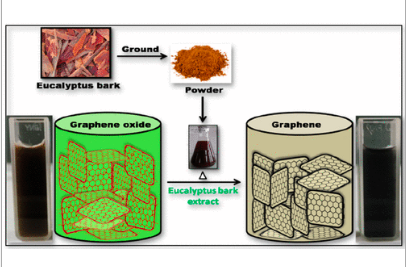
In their experiment, researchers used a eucalyptus polyphenol solution obtained from a eucalyptus bark extract to trigger the reduction of exfoliated graphene oxide to soluble graphene under reflux conditions in an aqueous medium. That led to effective removal of the oxygen functionalities of graphene oxide.
When tested in a supercapacitor the ‘green’ graphene produced matched the quality and performance of traditionally-produced graphene without the toxic reagents.
The findings can be seen in the paper Novel and Highly Efficient Strategy for the Green Synthesis of Soluble Graphene by Aqueous Polyphenol Extracts of Eucalyptus Bark and Its Applications in High-Performance Supercapacitors published in ACS journal Sustainable Chemistry and Engineering.
This content is protected by copyright and may not be reused. If you want to cooperate with us and would like to reuse some of our content, please contact: editors@pv-magazine.com.
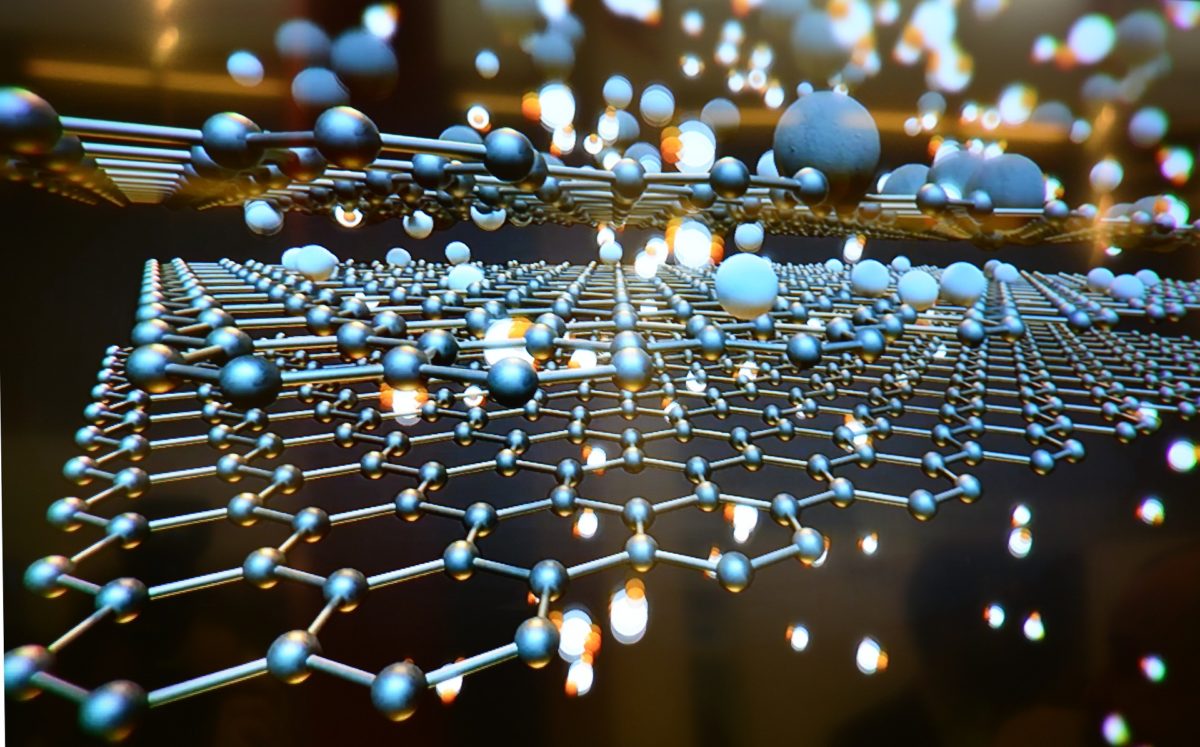





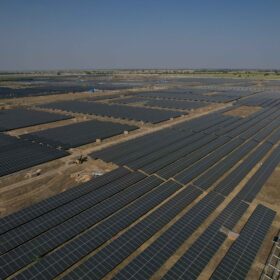
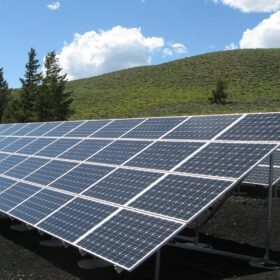
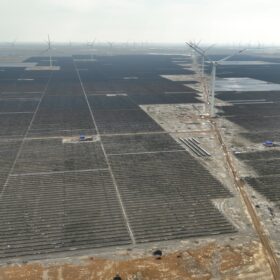
I am very curious about this development, as outlined briefly on the Science Show today 19/10/19 and wonder whether in the use of bark from Eucalyptus trees, the Researchers envisioned using ‘bark only’ as shedded by many species of Eucalyptus trees or partial stripping of bark from standing trees, or better still, the bark used that is a by – product of milling trees for wood chip etc! Throughout Australia, I hope they have taken into consideration, the fact there is sufficient loose bark, without having to
fell further trees, causing further
deforestation!! New plantations are the best idea as Australia cannot afford to lose more trees. All this needs serious consideration!!